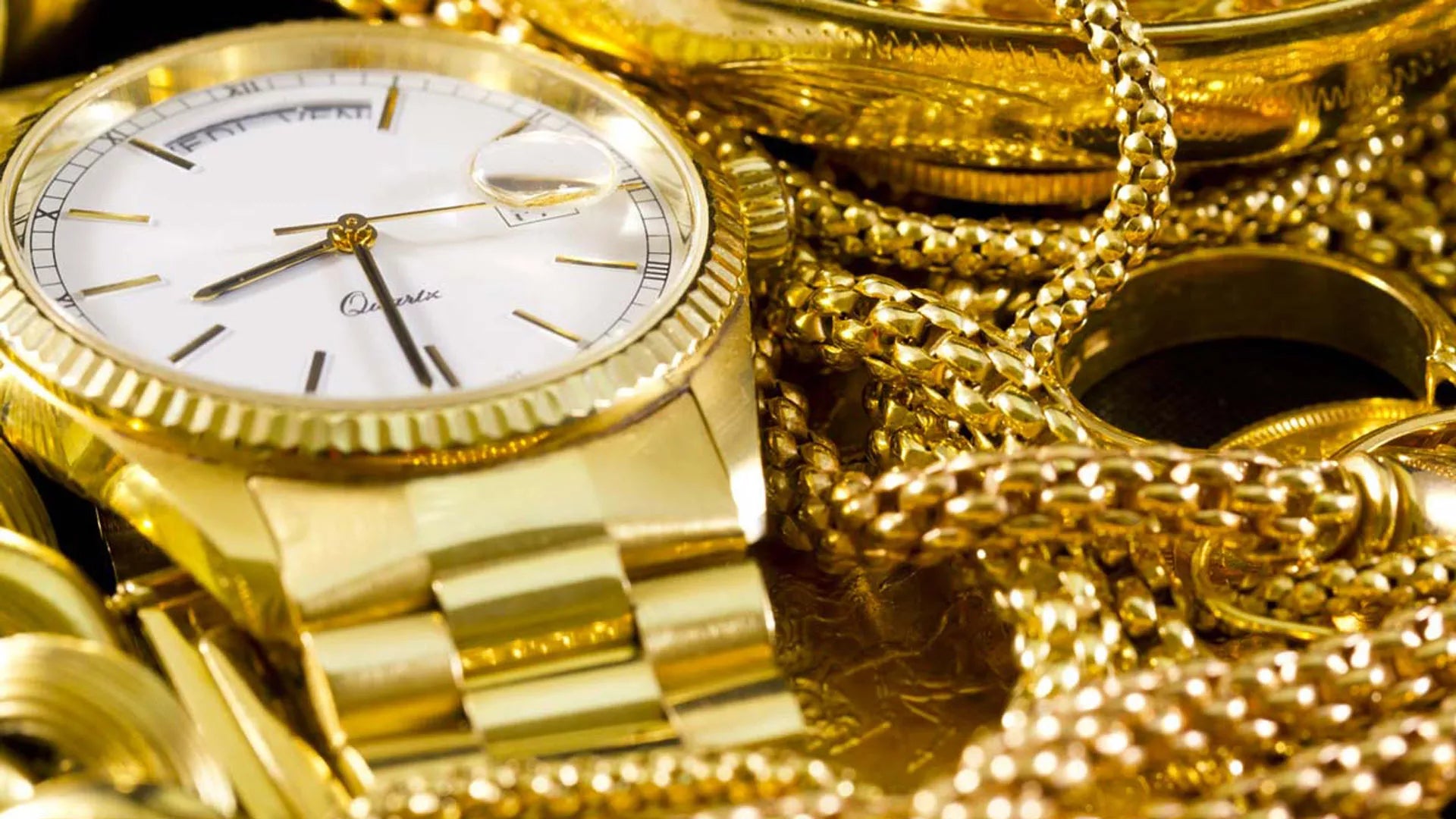Both vintage and ancient jewels, since the dawn of time, have always been part of history and over the years they have changed their roles, becoming, depending on the era, a symbol of power, wealth, belonging to a specific social class and evidence of affection and esteem.
These precious items, nowadays, have turned into a real passion, an investment and collector's items. The production of antique jewelery dates back to antiquity, with precious ornaments, up to the first half of the 19th century. For some, antique jewelery is a truly indispensable accessory to enrich one's clothing and embellish one's style, for others it represents a artistic masterpiece rich in history and magic, while for others they are a valid investment.
The jewels have reflections, lights and unmistakable craftsmanship. They acquire immense value and represent a concrete investment especially when they are made by great master goldsmiths, such as Louis Cartier, creator of the style called garland through which he transformed the jewels of the time into true works of architecture, enriching them with lace, garlands of flowers, bows and so on, taking inspiration from decorations present in texts dating back to the eighteenth century.
Another authoritative French master, Peter Carl Faberge , jeweler of the tsars, he gave his jewels new decorations such as animals carved in hard stone, enamelled eggs embellished with the most precious stones and set on both gold and silver bases and flowers, all jewels full of charm where every detail was taken care of in every detail.
Even Buccellati's jewels designed and made with tulle, lace or honeycomb, embellished with flowers, high-value stones and so on, are objects of great skill. Boucheron jewels are legendary, the wonderful diamonds used to create them enhance the collection of animals with an original design, giving it creativity and an incomparable cut.
The processing of period jewels was carried out with both yellow and white gold, with woven tubular mesh, with intensely bright precious stones such as baguette-cut diamonds, navette diamonds and sapphires, cabochon emeralds and rubies as well as pearls. They depicted single flowers or bouquets, animals and, often, even female images.
Both vintage and antique jewels increasingly represent safe haven assets, especially in times of economic uncertainty and fluctuating financial market trends. To be sure of purchasing a valuable jewel which, at the same time, will be a concrete investment over time, it will be necessary to turn to jewelers with proven experience and seriousness or rely on auction houses and, above all, prefer jewelery made by renowned master goldsmiths, whose signature is synonymous with guarantee and value.
The processing of ancient jewels occurred with the combination of 18 karat gold and with parts of 925 silver, the jewelery was adorned with animal heads such as lions, scarabs, griffins or other mythological figures, embellished with gold petals, spiral beading, ivy leaves and so on. They were often embellished with semiprecious stones such as garnet and almandine which were expertly set in gold. Ancient goldsmithery felt the influence first of the Lombard current and then of the Byzantine one, giving life to jewels increasingly laden with gold and stones of great value. Starting from the medieval era, ancient jewels were adorned with gems and at the beginning of the 18th century with diamonds. Ancient jewels from the 19th century, thanks to increasingly detailed and refined workmanship, became a truly precious accessory that could not be done without.
The period of production of vintage jewels can be classified into different types and eras, one starting from 1800 until the Second World War with particularly sumptuous jewels shown off in the great French courts and a second, between the 19th and 20th centuries, represented by of typical Art Nouveau with semiprecious stones and elegant workmanship, also intended for the middle class, especially in the United Kingdom.
Vintage jewels contain the mysteries of the past and allow us to understand the history of humanity and its evolution. They are a valid help for understanding the habits and customs of our ancestors, their traditions, their superstitions, their way of life, their economic and political life. They have fascinated, since ancient times, and continue to do so thanks to their beauty and originality of design. Vintage jewels were used as lucky objects, to highlight the legal or social situation of the owners, to satisfy the desire for vanity and to embellish the aesthetic appearance. The stones that made up the jewels, with the passage of time, took on different meanings, becoming real talismans, such as the amethyst which was used to defeat drunkenness, the diamonds considered before, the symbol of the strong and the winners and , subsequently, of love.


